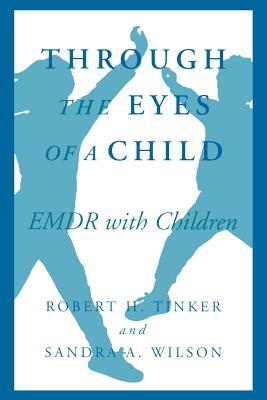
Book
Through the Eyes of a Child: Emdr with Children
(Write a Review)
Paperback
$39.95
Through the Eyes of a Child demystifies the application of EMDR for children, from the first session with the parents to later sessions with children at all developmental stages. The adult protocol is modified so that it can be applied to children as young as two years old (and possibly younger). A system of classification of childhood trauma that allows therapists to predict a child's response to EMDR is presented. Myriad cases illustrate the use of EMDR with various traumas. Many examples of simple traumas are presented, including automobile accidents, lightning strikes, bereavement, and specific phobias such as a fear of animals. In addition, cases illustrate success with complex traumas, where aspects of the trauma are ongoing and EMDR becomes part of several possible therapeutic interventions.
EMDR is also discussed as an intervention for children who have problems that are not caused by trauma. Case illustrations show how EMDR can be used with children with ADHD, anxiety, depressive, or reactive attachment disorders, as well as learning difficulties and somatoform disorders.
With its compelling, frank style, Through the Eyes of a Child will appeal to all who are interested in applying this revolutionary new therapy with children.
Through the Eyes of a Child demystifies the application of EMDR for children, from the first session with the parents to later sessions with children at all developmental stages. The adult protocol is modified so that it can be applied to children as young as two years old (and possibly younger). A system of classification of childhood trauma that allows therapists to predict a child's response to EMDR is presented. Myriad cases illustrate the use of EMDR with various traumas. Many examples of simple traumas are presented, including automobile accidents, lightning strikes, bereavement, and specific phobias such as a fear of animals. In addition, cases illustrate success with complex traumas, where aspects of the trauma are ongoing and EMDR becomes part of several possible therapeutic interventions.
EMDR is also discussed as an intervention for children who have problems that are not caused by trauma. Case illustrations show how EMDR can be used with children with ADHD, anxiety, depressive, or reactive attachment disorders, as well as learning difficulties and somatoform disorders.
With its compelling, frank style, Through the Eyes of a Child will appeal to all who are interested in applying this revolutionary new therapy with children.
Paperback
$39.95